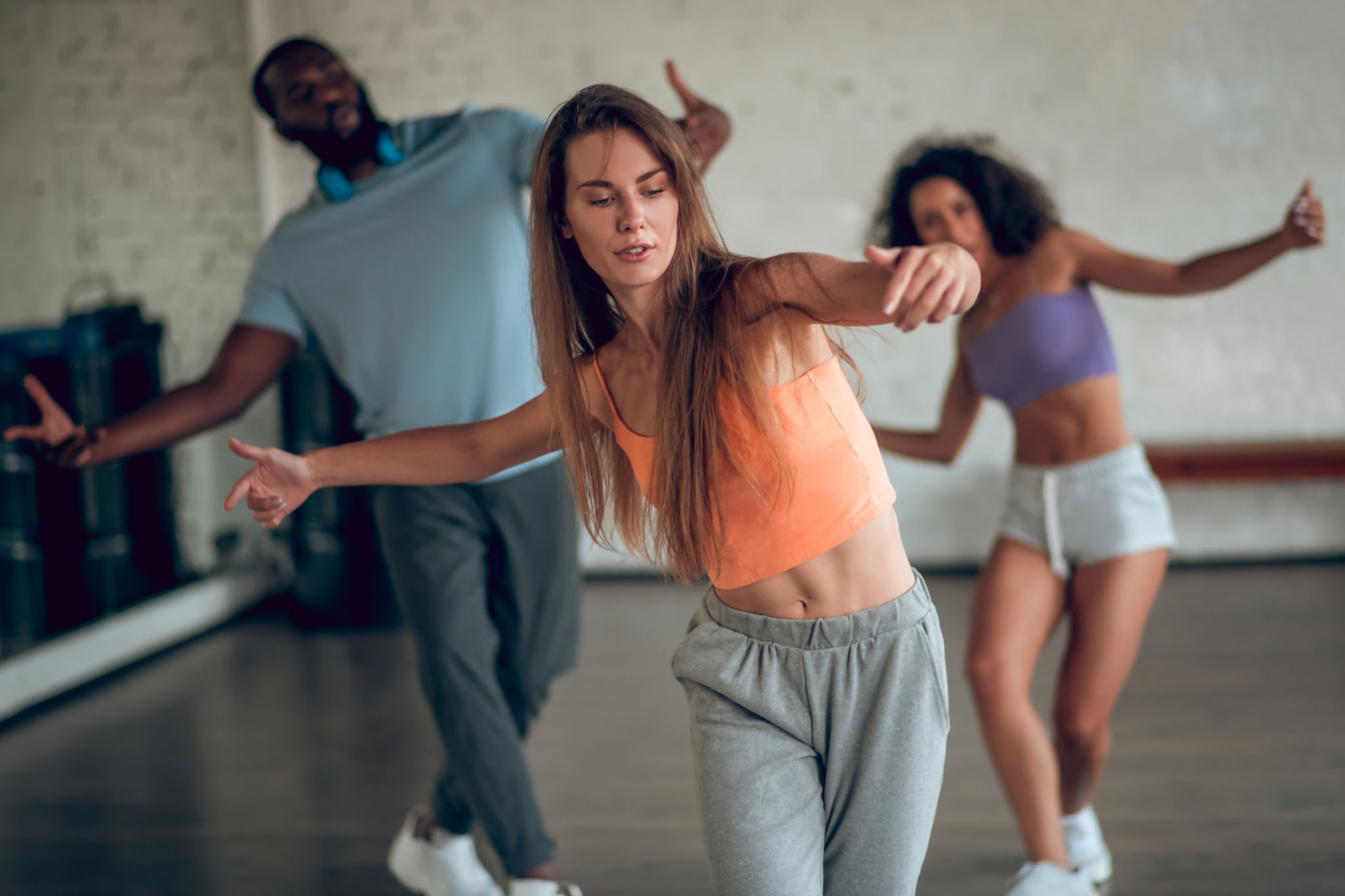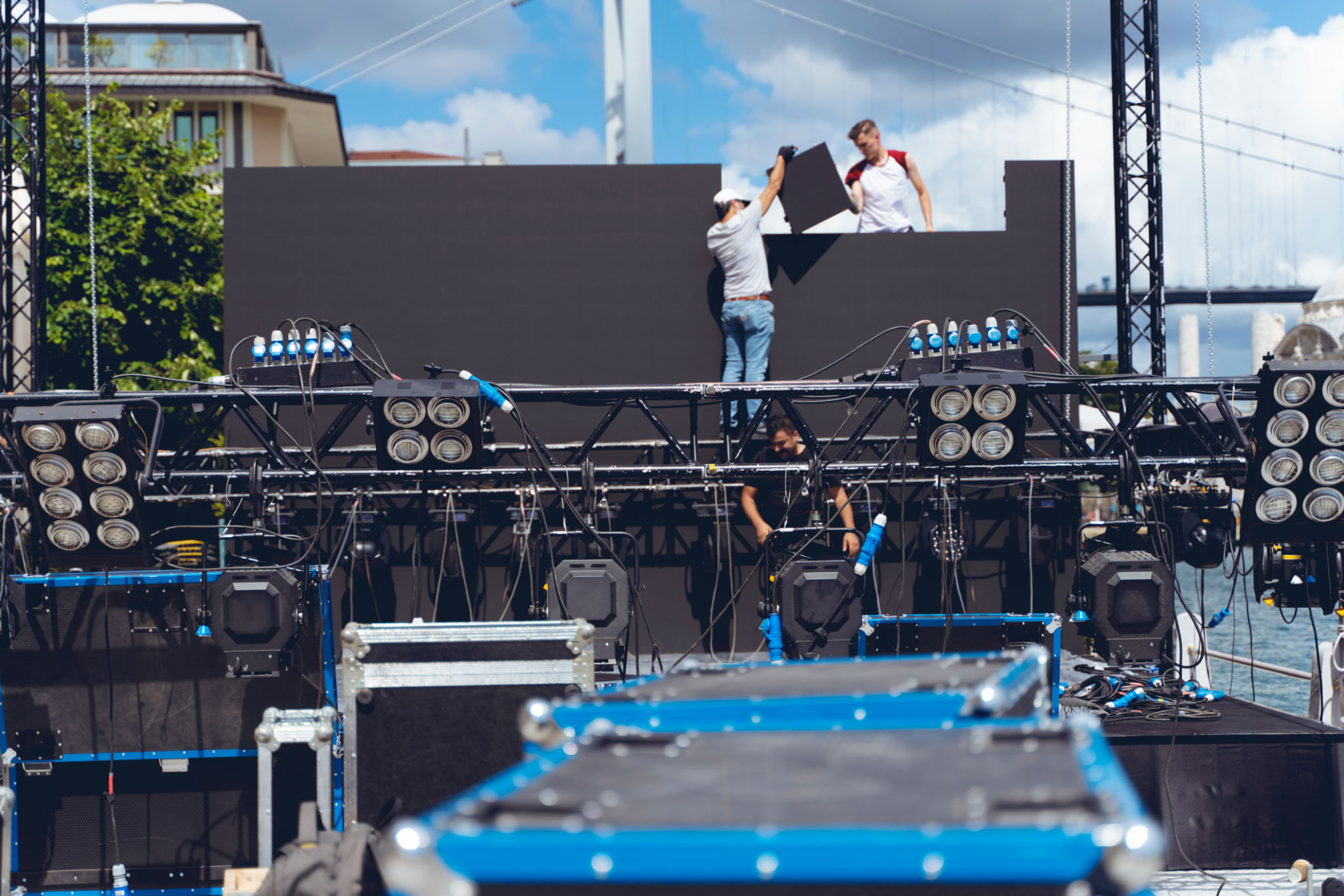Behind the Scenes: Preparing for an African Dance Performance
Setting the Stage for Tradition and Rhythm
Preparing for an African dance performance is not just about showcasing vibrant movements; it is a celebration of rich cultural heritage and storytelling through rhythm. The process behind these performances involves meticulous planning, dedicated practice, and a deep understanding of the cultural significance behind each step.
One of the initial steps in preparation is selecting the dance style and music that reflect the story or theme the performance intends to convey. African dance is incredibly diverse, with each region having its unique style and musical accompaniment. Whether it’s the energetic rhythms of West African dances or the spiritual movements of South African styles, the choice of dance and music sets the tone for the entire performance.

Choreography: Crafting the Story
The choreography process is where the magic begins. Choreographers work closely with dancers to create routines that not only entertain but also educate audiences on African culture. This involves breaking down complex sequences into manageable parts, ensuring each dancer understands their role within the larger narrative.
During rehearsals, dancers focus on perfecting their movements, synchronizing with each other, and aligning with the music. It’s a time-consuming process that requires patience and persistence. Dancers often rehearse for hours, refining every gesture and expression to ensure they deliver a powerful performance.

Embracing Cultural Significance
An essential part of preparing for an African dance performance is understanding the cultural context of each dance. Dancers often spend time learning about the history and traditions associated with their routines. This might involve research, discussions with cultural experts, or even visiting communities where these dances originated.
By embracing the cultural significance, performers can convey authenticity and respect for the traditions they are representing. This understanding adds depth to their performance, allowing them to connect more meaningfully with their audience.

Costumes and Props: Bringing the Vision to Life
Costumes and props play a significant role in enhancing the visual impact of an African dance performance. Designers work closely with choreographers to create attire that complements the dance’s theme while staying true to traditional styles. Vibrant colors, intricate patterns, and symbolic accessories add layers of meaning and beauty to the performance.
Props are also carefully selected to align with the choreography. They might include traditional instruments, masks, or other cultural artifacts that add authenticity and enrich the storytelling aspect of the dance.
Technical Rehearsals: Fine-Tuning Every Detail
As the performance date approaches, technical rehearsals become crucial. These rehearsals focus on integrating all elements such as lighting, sound, and stage design. Coordinating these technical aspects ensures that each component complements the dancers’ movements and enhances the overall experience for the audience.

The Final Countdown: Building Anticipation
In the days leading up to the performance, excitement and anticipation build among the dancers and crew. Final rehearsals are intense, focusing on perfecting transitions and ensuring every element flows seamlessly. It’s a time for encouragement and camaraderie as everyone works towards a common goal.
The dedication and hard work invested in preparing for an African dance performance culminate in a captivating display of culture, rhythm, and artistry. When the curtains rise and the drums begin to beat, all the preparation comes together in a moment of shared joy and connection with the audience.
